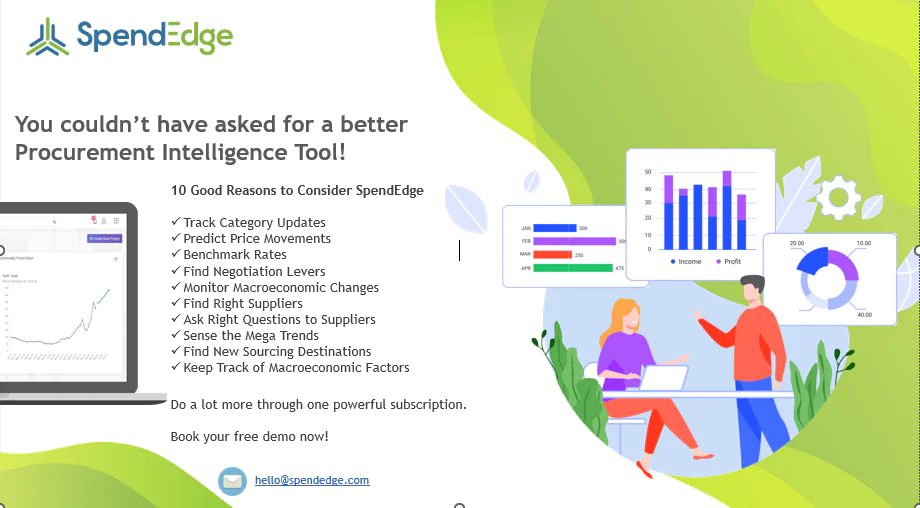What is the role of category management in the healthcare industry?
Healthcare organizations face rising medical costs, regulatory changes, and increasing patient expectations. Categorizing products and services helps them understand spending, identify cost-saving opportunities, negotiate better supplier contracts, and streamline purchasing. This approach also enhances supplier collaboration, allowing providers to manage suppliers more effectively and secure favorable terms.
Category management involves grouping similar products and treating these groups as distinct business units. It requires thorough planning, coordination, and understanding of the product portfolio and consumer needs. The process aims to develop and implement strategies for effective promotion, sales, and marketing.
In healthcare, product quality and safety are crucial. Categorization standardizes products, ensuring consistent quality, which improves patient outcomes, reduces errors, and enhances supply chain efficiency. Products are typically classified into commodities, clinician-preference items, and physician-preference items, and managing these categories performance effectively is complex, necessitating a structured category management process.
What is category management process?
No infographic data found.
The impact of category management in the healthcare industry
Healthcare organizations face rising medical costs, shifting regulations, and increasing patient expectations. Effective category management provides insights into spending, identifies cost-reduction opportunities, negotiates favorable supplier contracts, and consolidates purchasing volumes.
This approach also improves supplier collaboration by streamlining the supplier base and understanding the supplier landscape. By leveraging category management, healthcare organizations can optimize procurement processes, enhance financial performance, and deliver higher-quality patient care.
Success story – SpendEdge advantage
A healthcare client catapults growth with enhanced category management
Category management is crucial across various industries, significantly enhancing sales, savings, return on investment (ROI), and brand reputation. However, its application and outcomes in the healthcare sector can differ markedly from those in other industries and product categories. SpendEdge has identified and analyzed these specific challenges to assist healthcare organizations in developing a robust, data-driven category management process.
Confronted with stagnant sales, our healthcare client sought to improve profitability, returns, and savings through a resilient, consumer-focused approach. Category management facilitated the identification of underperforming segments, the formulation of targeted strategies for high-profit categories, and notable improvements in brand perception. SpendEdge provided the client with guidance on understanding and implementing the category management process, offering tailored recommendations and systems.
Through effective category management, the client was able to optimize procurement processes, enhance financial performance, and ultimately improve the quality of care provided to patients. SpendEdge’s expertise in the healthcare sector and category management practices was instrumental in helping the client address the unique challenges of the industry and achieve their objectives.
After identifying categories, refining strategies involves several key approaches to enhance performance and achieve organizational goals. Here are some suggested strategies:
- Individual KPI benchmarking: Establish specific Key Performance Indicators (KPIs) for each service category to measure success. This includes metrics such as patient outcomes, service utilization rates, and cost efficiency. By benchmarking against industry standards or historical performance, healthcare providers can identify areas for improvement and set realistic targets.
- Inter-business unit sales targets: Implement performance targets that encourage collaboration across different healthcare departments. This approach fosters a unified strategy, ensuring that all departments work towards common objectives and share best practices, ultimately driving overall service category performance.
- Bundled solutions: Develop bundled care offerings that combine related healthcare services. This strategy not only enhances value for patients but also increases service utilization by encouraging comprehensive care plans. Bundling can also streamline resource management and improve supplier negotiations for medical supplies.
- Enhanced supplier collaboration: Enhance relationships with medical suppliers through regular communication and joint planning sessions. This collaboration can result in better pricing agreements, improved availability of medical products, and shared insights into healthcare trends, ultimately benefiting both parties.
- Data-driven decision making: Utilize advanced analytics to inform strategy refinement. By analyzing patient data, market trends, and healthcare utilization patterns, providers can make informed decisions that enhance category management effectiveness.
- Continuous improvement processes: Establish a framework for regularly reviewing and adjusting strategies based on performance data and market changes. This iterative approach ensures that category management remains responsive to evolving healthcare needs and external factors.
- Training and development: Invest in training programs for healthcare staff involved in category management to enhance their skills in data analysis, supplier negotiation, and strategic planning. A well-trained team can more effectively implement refined strategies and drive success in service category management.
By employing these refined strategies, healthcare organizations can optimize their category management processes, improve financial performance, and better meet the needs of their patients and stakeholders.





